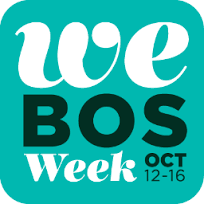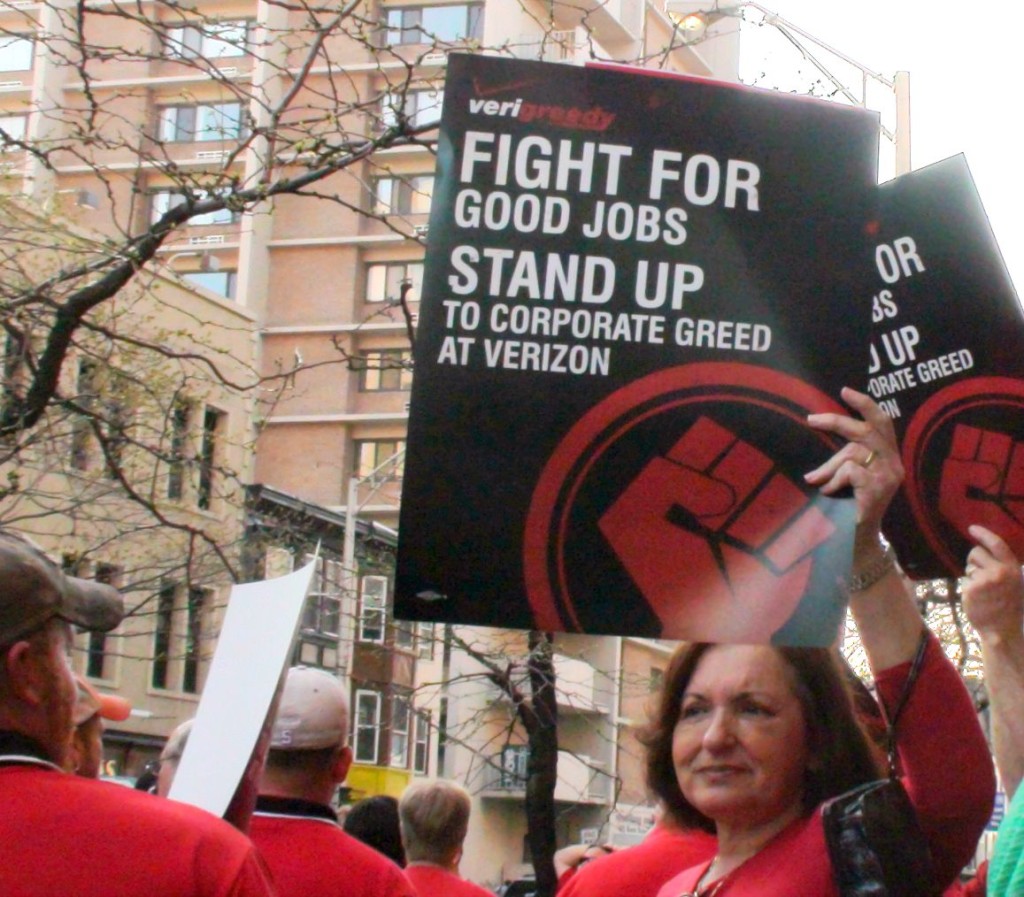In 2011, UMass Memorial Marlborough Hospital adopted a tobacco-free policy for its property. Recently, the same hospital announced that they would be establishing a nicotine-free hiring policy for all new employees as well. Nicotine will join amphetamines, benzodiazepines, cocaine, and others on the list of prohibited chemicals. Hospitals test for these drugs following the interviewing and application process; it is often the last step before an applicant becomes an employee.
 Marlborough Hospital Leads Nicotine-Free Hiring
Marlborough Hospital Leads Nicotine-Free Hiring
According to Steve Roach, president and CEO of Marlborough Hospital, the decision to hire exclusively nicotine-free applicants is meant to encourage employees’ healthy decisions. He expects his employees to abide by the same health advice they give to their patients—to lead by example, essentially. All hospitals in the UMass system have smoke-free and tobacco-free campuses, but Marlborough is the first in the commonwealth to establish a nicotine-free hiring policy.
Is Banning Smokers Illegal?
There is no federal law that protects smokers from these regulations, as the Equal Employment Opportunity Commission does not recognize tobacco smokers as a protected class. However, individual states have their own approaches. Some states say that companies cannot refuse to hire someone simply because he or she is a smoker. Massachusetts is obviously not one of those states. Even some of the states that protect smokers tend to be more strict with the healthcare industry and nonprofit organizations.
Some experts say that this ban will unravel a mess of additional issues. They argue that discriminating against smokers is the same as discriminating against those with diabetes or high cholesterol. There is also the concern that a tremendously well-qualified applicant will be turned away for what some deem to be a trivial issue.
 Massachusetts Aims to Set Healthy Example
Massachusetts Aims to Set Healthy Example
A Swedish study found that smokers take an average of 7.67 more sick days every year than people who have never smoked. Additionally, even if the smoker does not have other medical conditions such as diabetes or obesity, they typically have higher medical costs than the average nonsmoker. If you’ve ever been around a smoker, you know how tightly the smell of smoke can cling to clothing and hair; this new rule will help prevent patients from being exposed to those fumes. Each year, smoking or exposure to smoke causes 443,000 premature deaths and costs over $170 million in healthcare costs and loss of productivity.
Most employees who receive the “quit smoking or quit your job” ultimatum choose to leave tobacco behind. While Marlborough Hospital’s ban doesn’t affect current employees, it will hopefully nudge future employees to kick the habit.





 WE BOS Becomes Part of Women Entrepreneurs Week in October 2015
WE BOS Becomes Part of Women Entrepreneurs Week in October 2015
 The ABL program requires one adult in each household to work or attend school for a minimum of 1,200 hours per year, which is an average of 23 hours per week. Support services to reach for these goals are provided through grants as part of the program. If the residents do not make an effort to abide by the program rules within three years, they face eviction. The disabled and elderly are not a part of the mandatory participation program, so they will not be compelled to leave public housing.
The ABL program requires one adult in each household to work or attend school for a minimum of 1,200 hours per year, which is an average of 23 hours per week. Support services to reach for these goals are provided through grants as part of the program. If the residents do not make an effort to abide by the program rules within three years, they face eviction. The disabled and elderly are not a part of the mandatory participation program, so they will not be compelled to leave public housing. The Bigger Picture
The Bigger Picture



